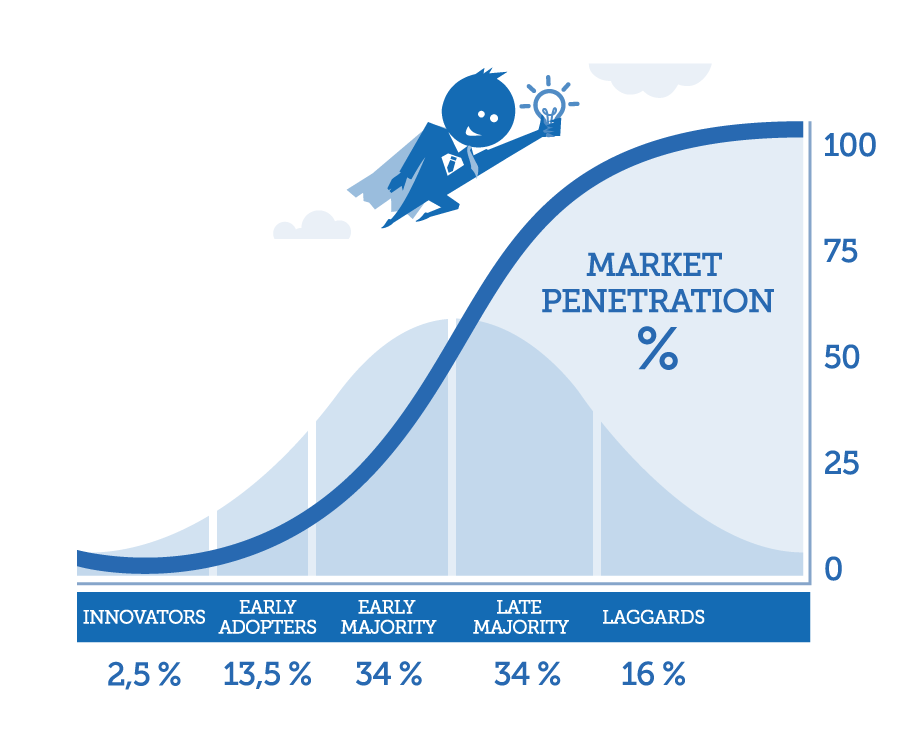How Innovation Adoption May Vary With Culture
You may argue that Everdingen and Waarts’ study is outdated, relates to ERP only and cannot be extrapolated to other innovations and markets. That may well be, but that does not mean that different countries may not adopt innovations differently.
Businesses all over the world operate according to the same basic principles. To survive they need to make a profit. To grow they need product marketing, ongoing product development, leadership, management and to exhibit some degree of operational excellence. You would, therefore, assume that when it comes to culture the main differences are to be found in how you communicate, establish relationships, interact and negotiate. You would expect that business-people irrespective of culture are curious to learn how to increase revenue and decrease operational expenditure and capital requirements.

But that may not be the case.
According to a study published in 2003 by Yvonne M. Van Everdingen and Eric Waarts, both from Erasmus University Rotterdam, culture apparently has a major impact on how innovations diffuse. Their study reported considerable variations in how fast ERP-systems were adopted in different countries. They then went on to explain these differences by relating them with Hofstede’s then five (now six) cultural dimensions and with Hall’s Cultural Classification Schemes.
“The results of our study also have important implications for suppliers of innovations who want to launch their product in multiple countries. An essential message is that even within Europe, large cultural differences exist that substantially affect the adoption of innovations. Overall, the Nordic European countries seem to be most receptive to breakthrough innovations (e.g., ERP systems). Countries characterised by a high level of uncertainty avoidance and a low level of long-term orientation (e.g., Mediterranean countries) are less likely to adopt such innovations spontaneously.”

The study found the lowest adoption rate in the UK (lower than southern Europe), which came as a surprise to me. The UK is frequently on the top of the list of countries to enter, mainly because it is a big market (#8 according to the BECH Index) and because English is the main language. Everdingen and Waarts’ study indicates that the UK may not be such an attractive place to launch an innovative product. Given that many technology-companies flock to the UK first, we seem to have a cocktail of hyper-competition and customer conservatism that may not be very attractive for companies on a slim budget.
You may argue that Everdingen and Waarts’ study is outdated, relates to ERP only and cannot be extrapolated to other innovations and markets. That may well be, but that does not mean that different countries do not adopt innovations differently. Hofstede’s cultural dimensions may provide us with valid indicators if we experience that our value proposition is received differently in various countries.
Literature:
- Everdingen, Y. M. V.; Waarts., Eric. (2003). The Effect of National Culture on the Adoption of Innovations. Marketing Letters, 14(3), 16.
- Hofstede, G. (2013). Culture’s consequences: Comparing values, behaviours, institutions, and organisations across nations. Thousand Oaks, California.
- Hall, E. T. (1976). Beyond culture / Edward T. Hall. Garden City, New York. Anchor Press.
This post is an excerpt from my upcoming book Going Global on a Shoestring.








